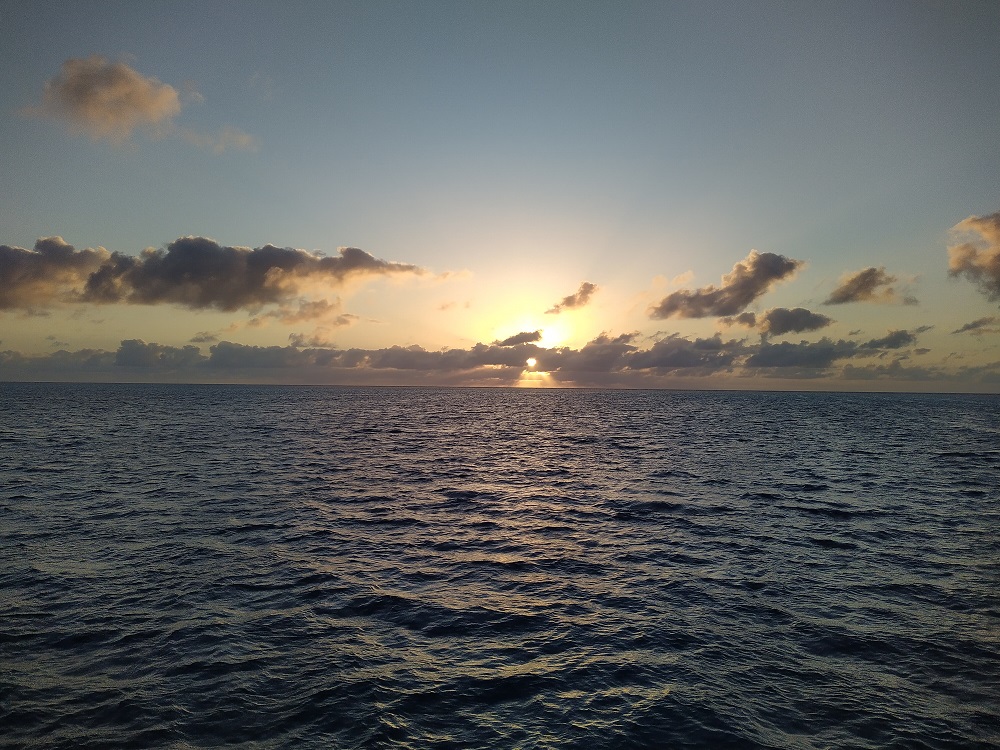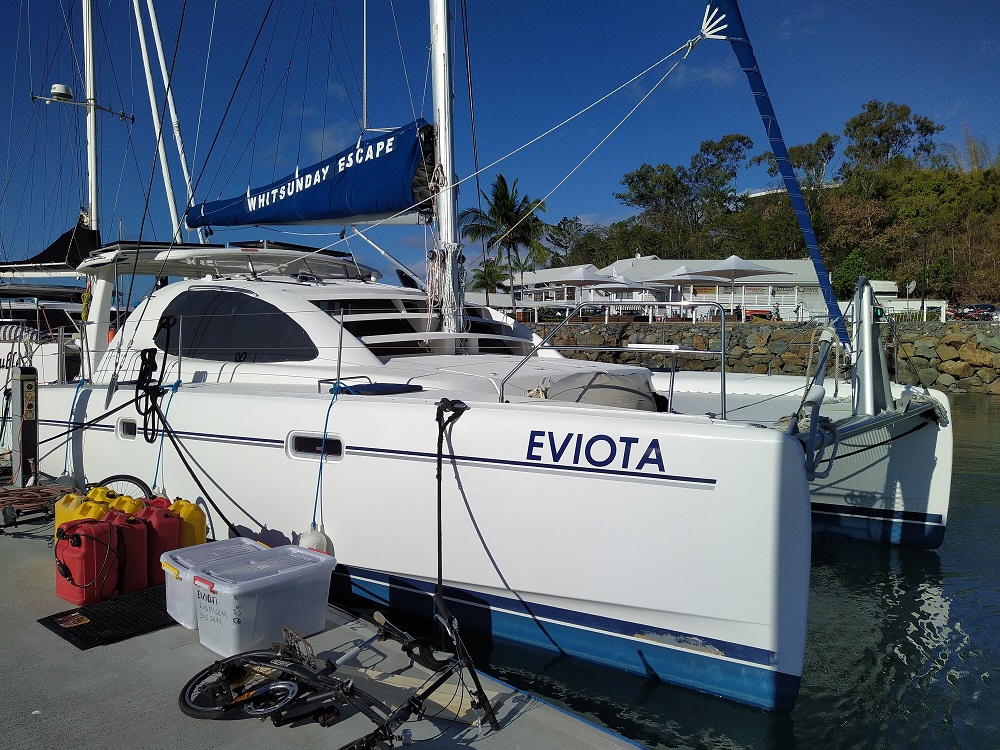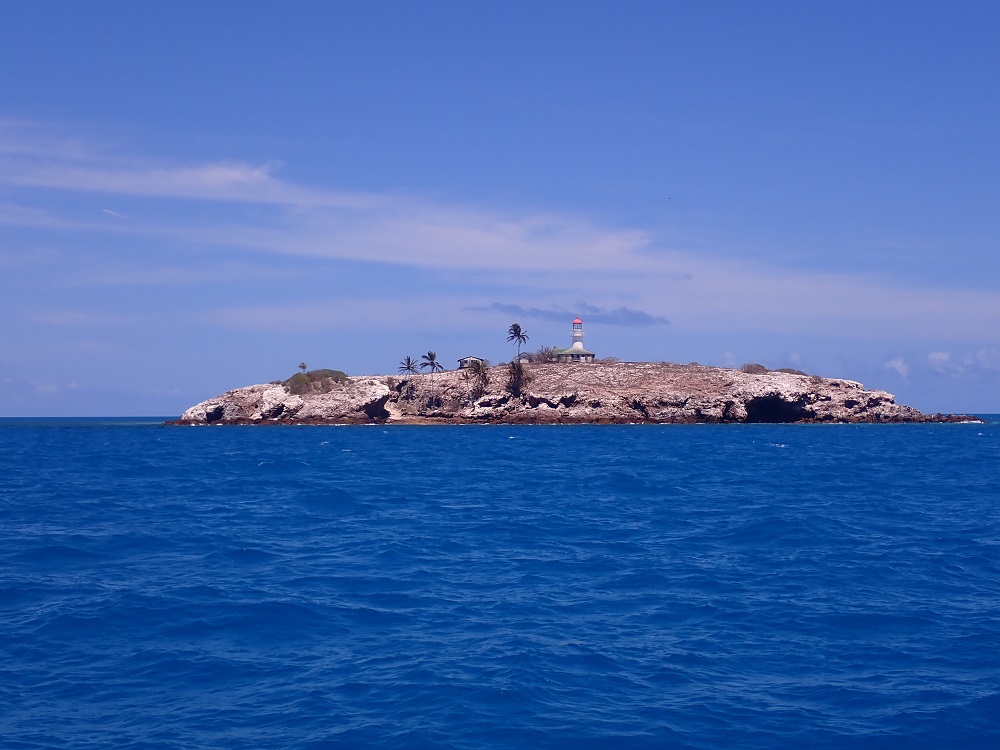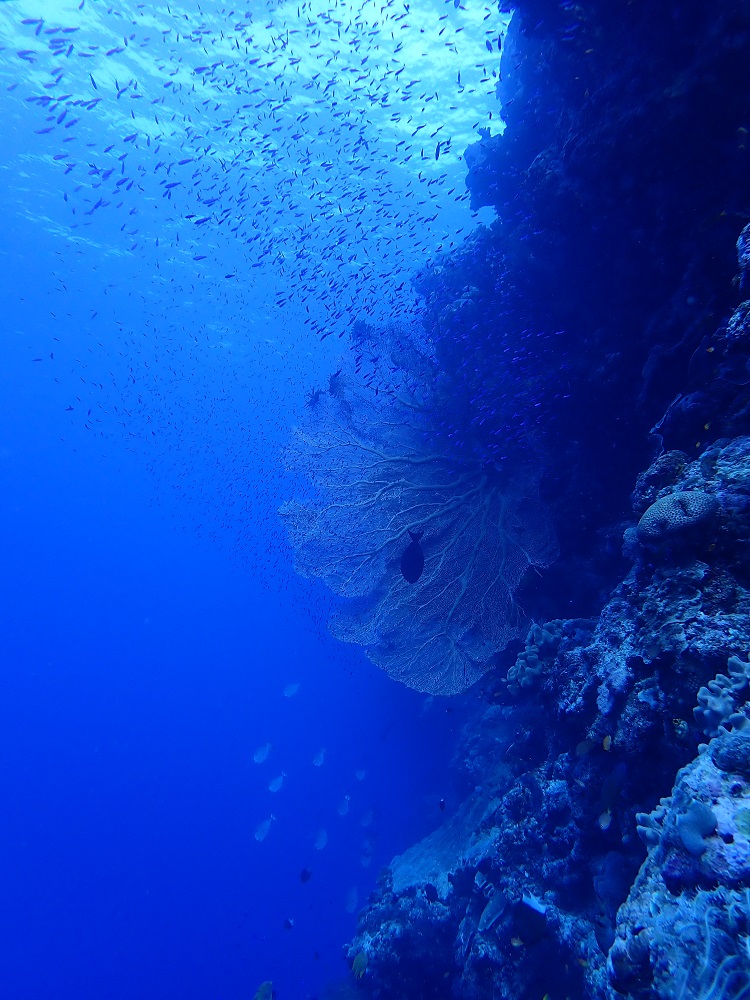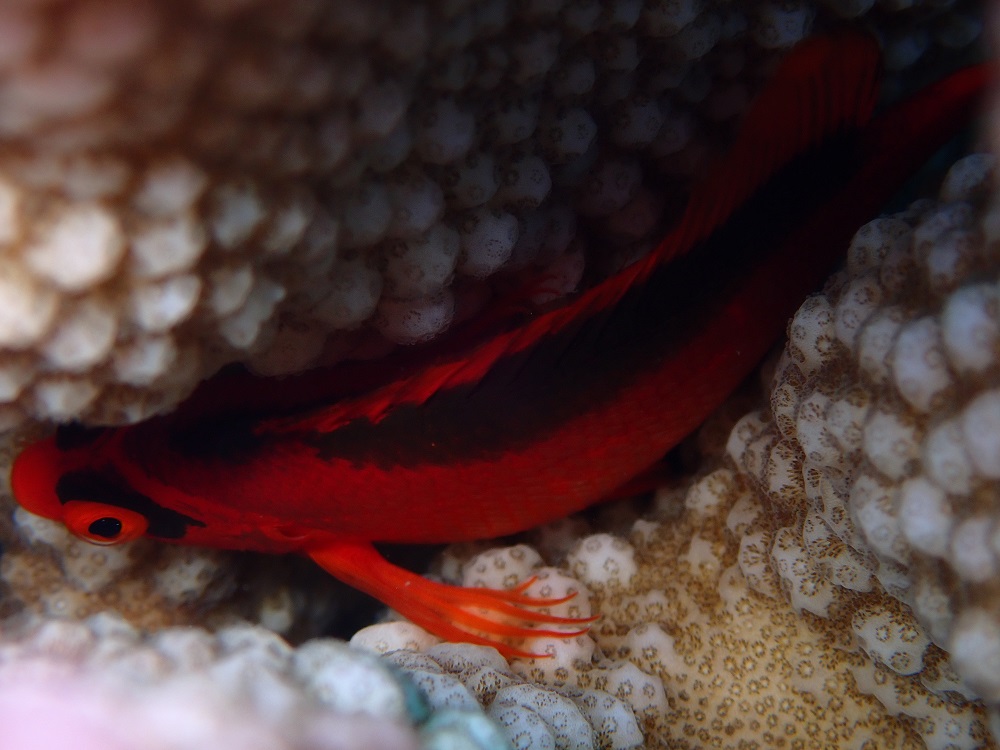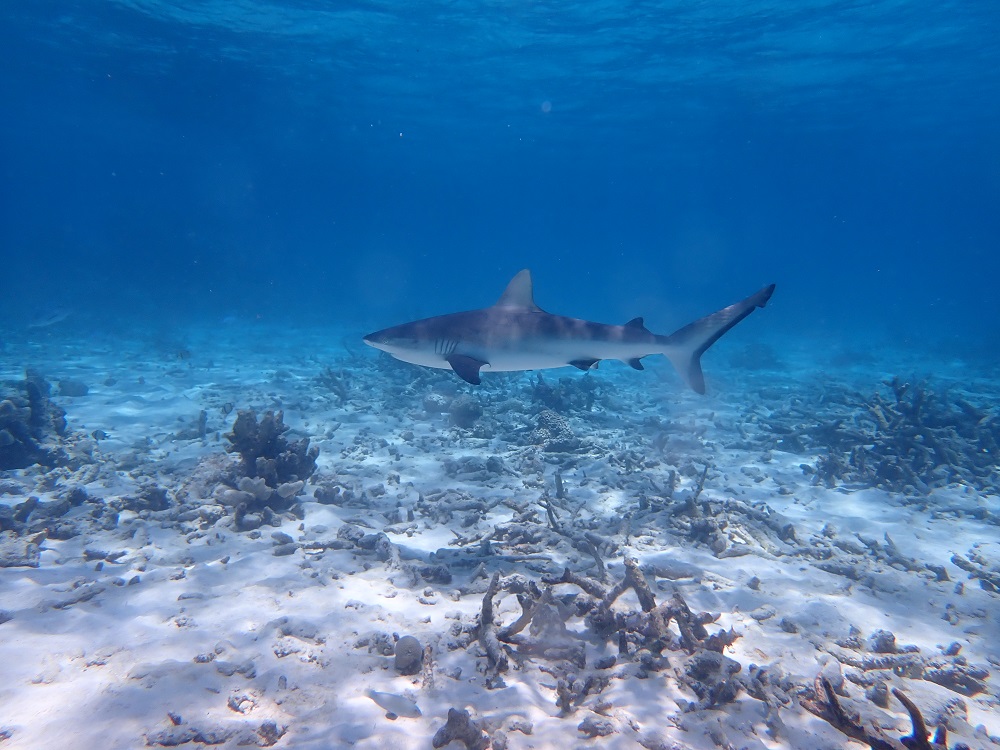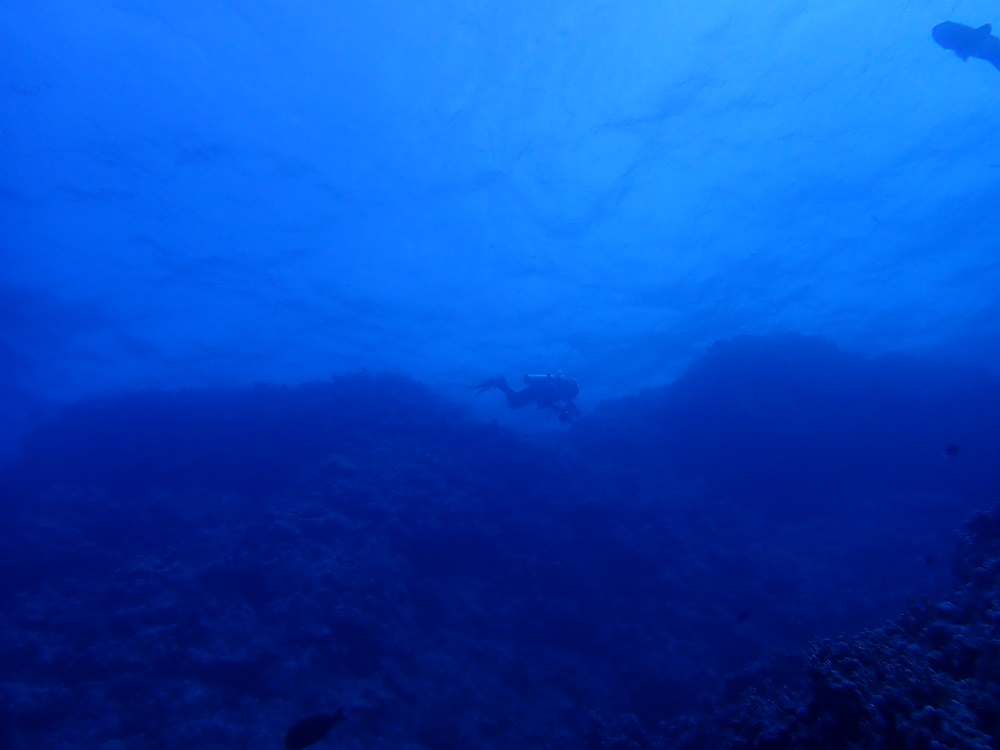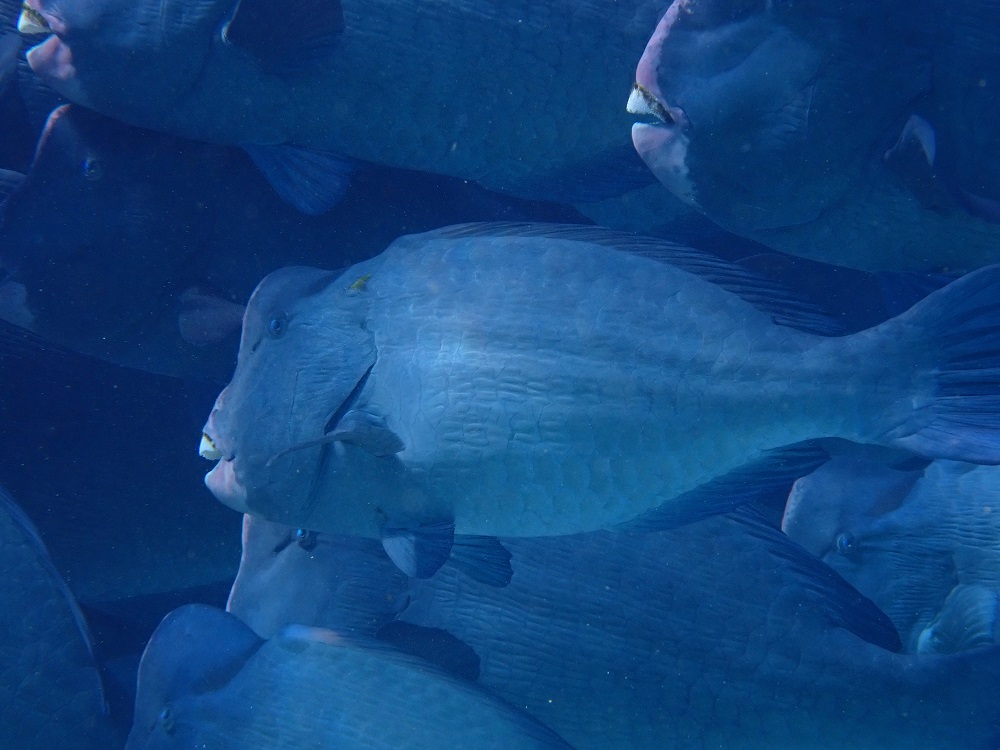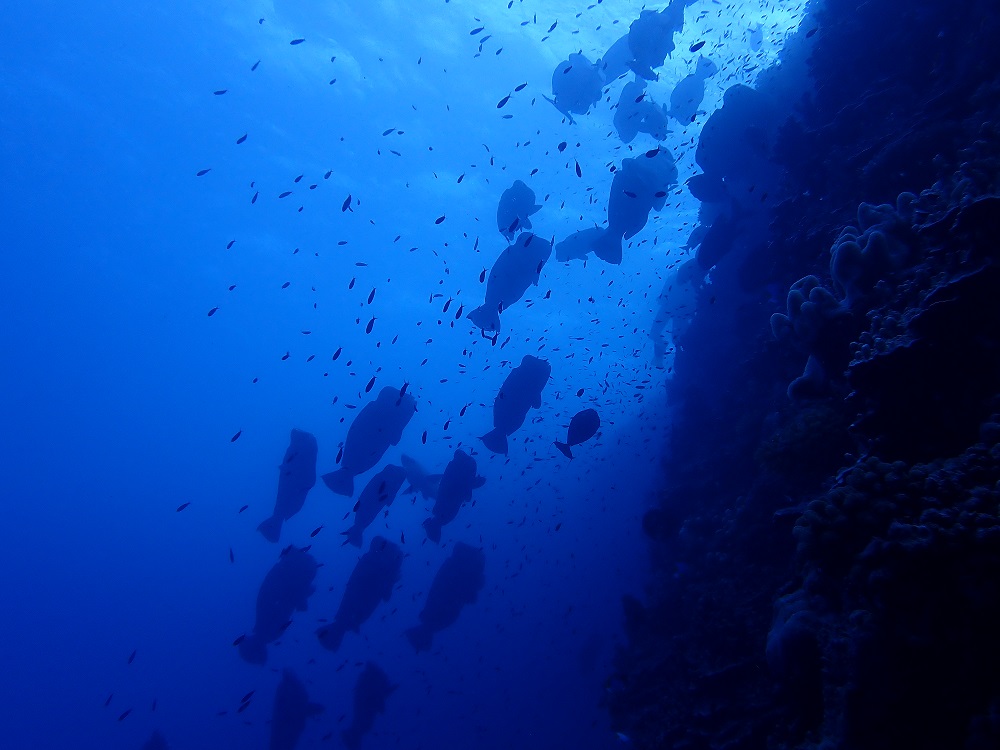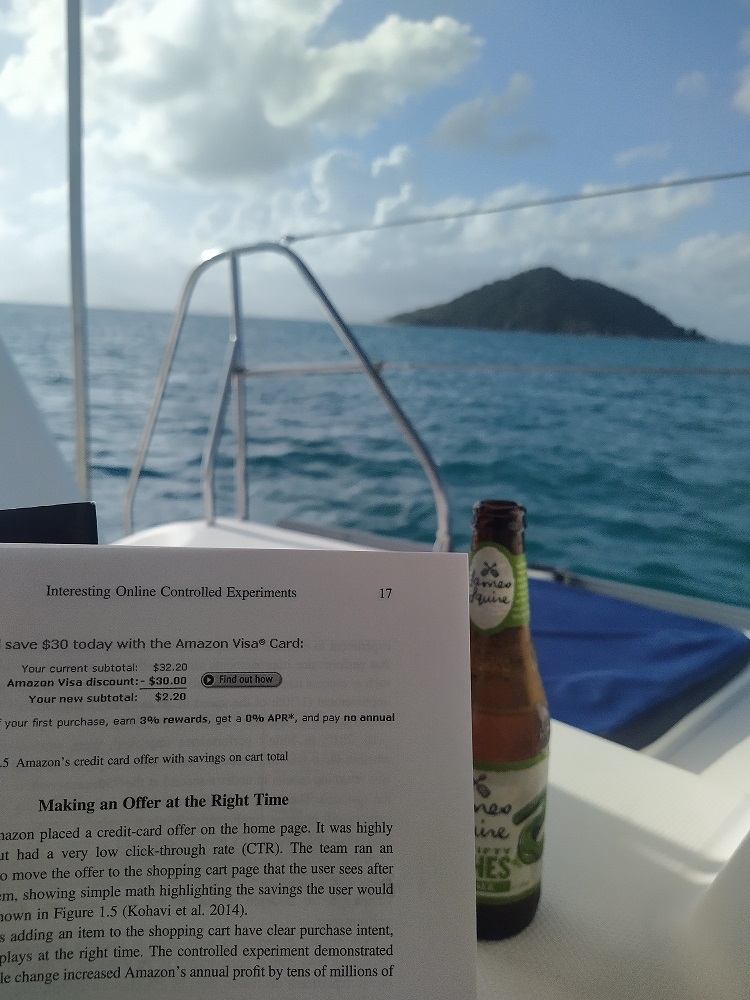Fires, floods, civil unrest, and a global pandemic: 2020 had it all, and much more. Naturally, I didn’t need much convincing to get away from the 2020 madness for a few weeks of diving and data entry on board Eviota. This was despite experiencing less-than-ideal weather conditions on my two previous Eviota legs. Fortunately, the weather was on our side this time, and the Airlie Beach to Thursday Island trip was a great success!
Given the reality of border closures and limited crewing options, I was allowed to focus on my day job for the first week of the trip. That week mostly consisted of diving inshore reefs on the way from Airlie Beach to Mission Beach. For those who aren’t familiar with the area, “inshore reefs” is codename for low visibility, less diverse marine life than on outer reefs, and reasonable mobile phone reception (aka sweet recepsh since the 2017 Wilsons Prom trip). This is why I was happy to mostly stay dry and work, even when things got a bit wobbly...
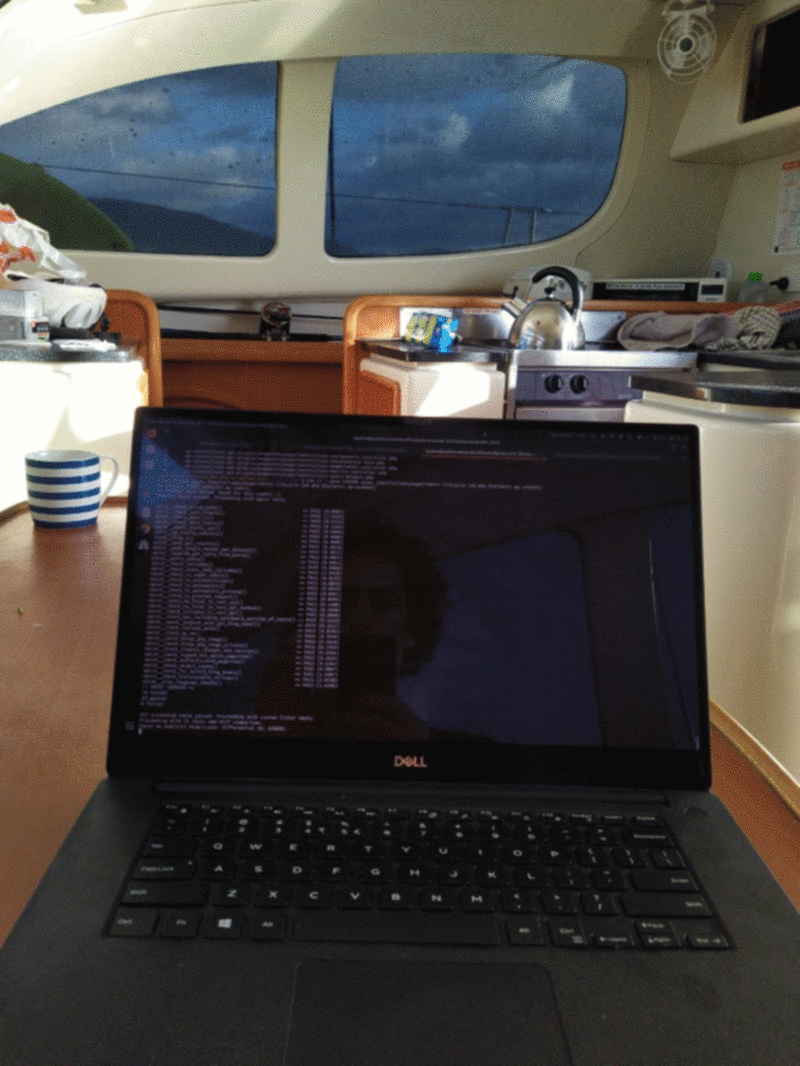
The limited crewing options also meant that I had the honour of a fairly rare experience: Sailing with both Derek “Dusty” Shields and Graham “Gedgar” Edgar as the Captain and Admiral, respectively. Dusty and Gedgar have been mates since before I was born, and they have somewhat different approaches to running a trip. Gedgar, the founder of RLS and a prominent researcher, has a seemingly endless capacity for surveying and work in general. Dusty is more passionate about the sailing and engineering aspects of the trip, which allows everyone else to focus on diving and data collection. Despite some minor disagreements, the Dusty-Gedgar combo worked very well – we collected the most data per Eviota leg (according to Gedgar’s initial estimate) while still taking a break for sundowners almost every evening (a Dusty tradition). Great success!
In addition to Dusty, Gedgar, and myself, we had two new RLS members on board: Mark Shepherd, who joined us for the Airlie Beach to Mission Beach leg, and Patrick Smallhorn-West, who replaced Mark for the rest of the trip. Both Mark and Pat are based in North Queensland, own boats, and have non-RLS surveying experience, which made their onboarding easy. I was especially impressed by Pat jumping in for his first dive without a camera and coming back with a list of 80+ fish species! His survey experience from Tonga transferred easily to RLS work in the Coral Sea, which is where we spent most of our time.
Once we picked Pat up from Mission Beach, it was time for the less cruisey part of the trip. As Gedgar warned me: “Prepare to work hard”. Fortunately, there are worse things than working hard in the blue waters of the Coral Sea. And it really wasn’t that hard, as I got to focus on method 2 (invertebrates and cryptic fish) on many of our dives to maximise our overall output – Gedgar is twice as fast as me doing method 1 (fish and other large swimming organisms).The scenery was especially magnificent on the reef walls, though I often had to stick my head in the coral.
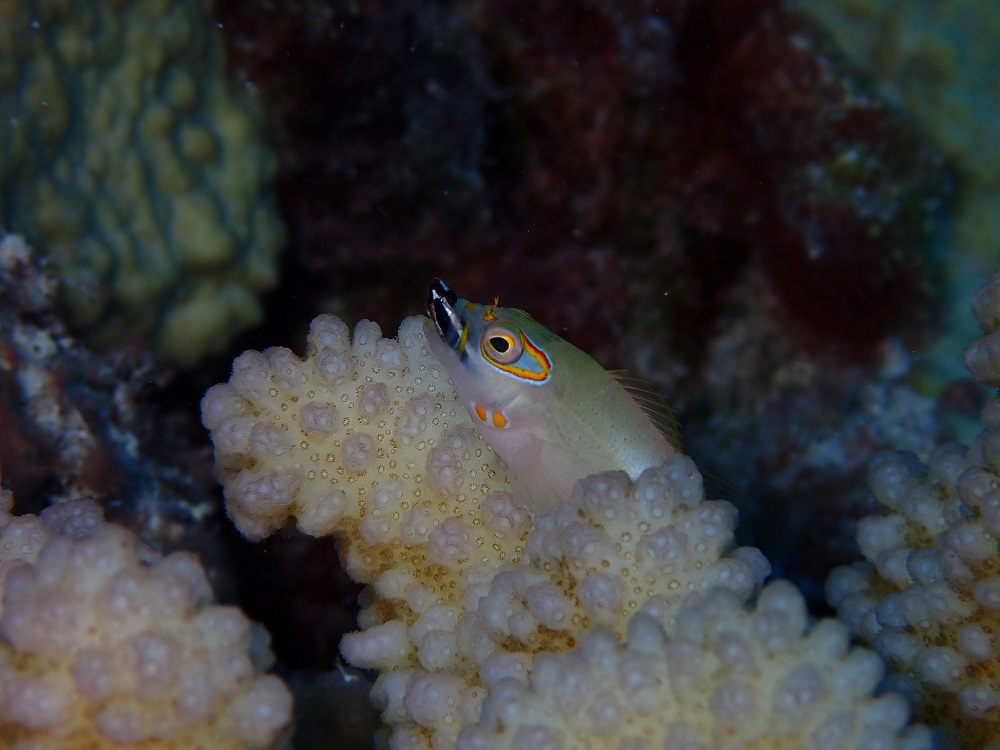
The next couple of weeks were a blur of diving, data entry, sailing, and some rest across Bougainville, Osprey, Ashmore, and Boot reefs. We also got a bit of Great Barrier Reef action on the way out and back in, visiting Flynn Reef, Seven Reefs, and a few other spots. Even though we could have stayed longer on Ashmore, Gedgar decided that the high productivity of the crew meant that we should sail out to the Gulf of Carpentaria and get some rarely-dived sites done. My good humoured protests didn’t help, and we found ourselves finishing the trip in silty waters with low species diversity and abundance. Oh well, at least the data entry was easy!
Overall, we completed 110 surveys at 55 sites over 21 days, covering 676 distinct species and 118,077 individual animals. This was a great experience and I’m already looking forward to my next RLS adventure.
